Pulling power: Maserati’s titanic Levante challenges the status quo
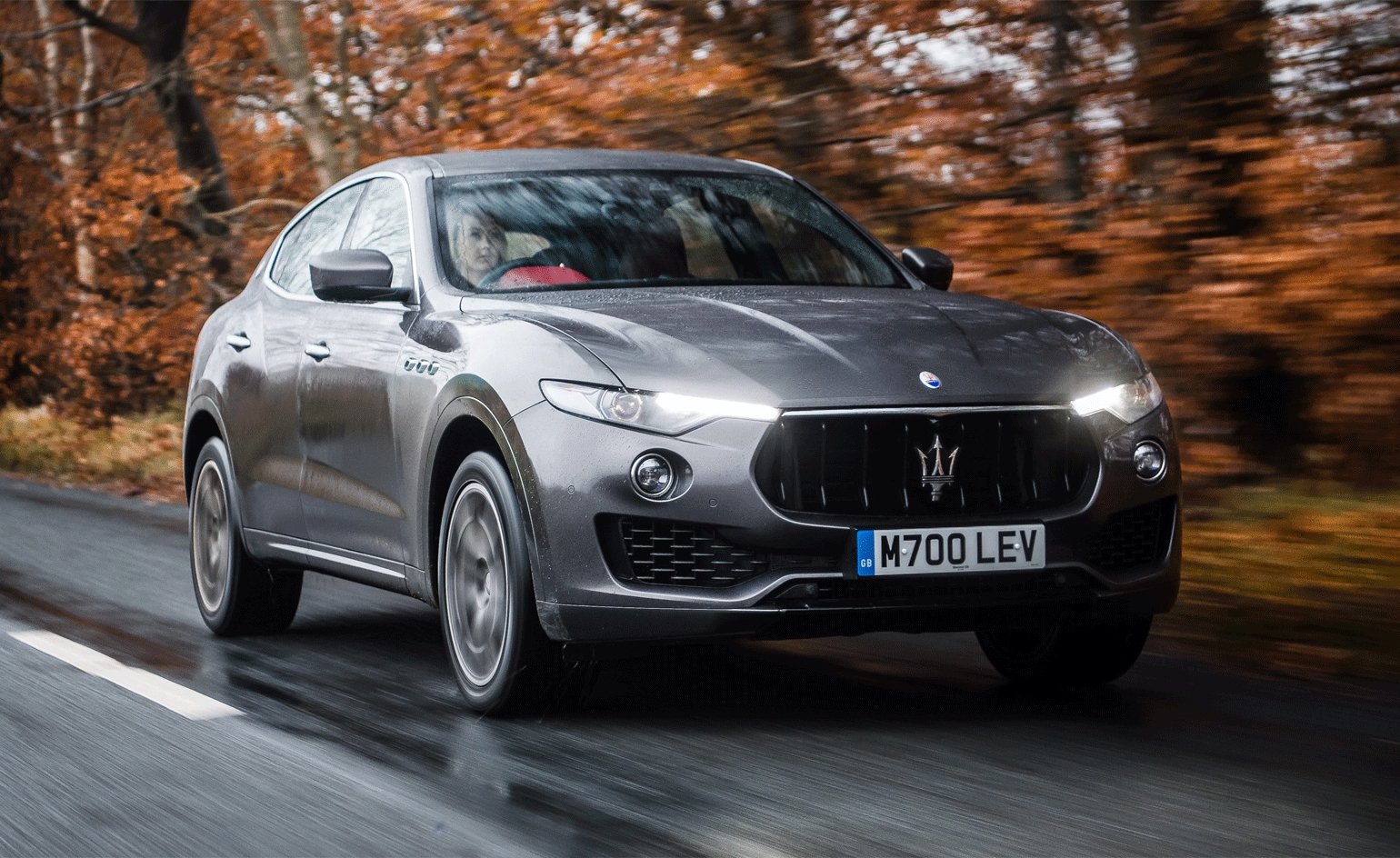
It’s 1975. Maserati is the byword for quirky Italian exotica, with a suite of products that rivals or even exceeds the cars created by its fellow countrymen at Ferrari and Lamborghini. The Modena-based company prides itself on building mid-engined machines of rakish beauty and throaty prowess, as well as the occasional coupe of unrivalled beauty. With a genuine customer base of princes and playboys, Maserati was Italian industrial royalty, created for the global elite.
Who would have thought that thirty years later, the famous Maserati trident would be appended to this front of this titanic 4x4? The new Levante belongs to a category of car that scarcely existed back in the 70s, save for a sharply creased but rather agricultural vehicle known as the Range Rover. Today, its descendants have achieved almost total dominance over the European car market, from chunkily styled ‘crossovers’ through to luxurious Sport Utility Vehicles that now crown the line-ups (and sales charts) of almost every upscale manufacturer, from Porsche through to Lexus, Jaguar and Bentley.
In some respects Maserati is rather late to the SUV party. The Levante started life as a concept car, the Kubang, way back in 2011 and you can be sure that the product planners had been badgering the designers for many years before that. The simple truth is that, right now, SUVs sell and are wildly (by car-making standing) profitable. The not so simple truth is that SUVs by their very nature were once seen at odds with the values and ethos of sports or luxury manufacturers.
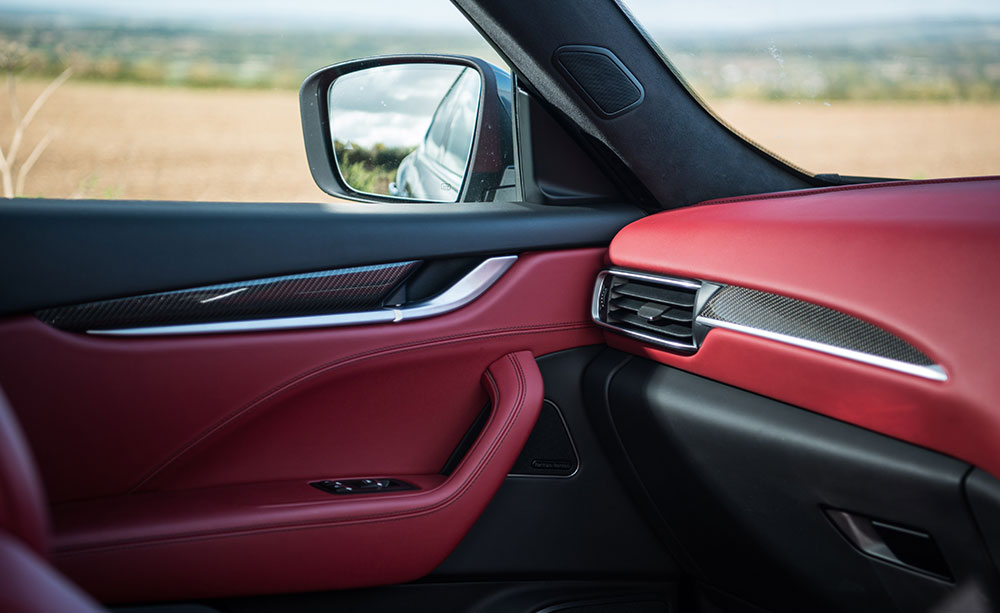
Ermenegildo Zegna has partnered with Maserati to further enrich the Levante experience. As an additional option, the finest leather is combined with natural fibre Zegna Mulberry Silk inserts on the seats, door panels, roof lining, sunshades and ceiling light fixture
That ship has long-since sailed. Porsche proved unequivocally with the Cayenne that a well-executed SUV doesn’t need to tarnish a brand, hence the pile on that subsequently followed. So the Levante has showed up with Maserati’s halo largely intact, despite being bigger and far more imposing than the Quattroporte could ever hope to be. In the diesel iteration we tested, it’s not exactly sporting, either, begging the question of what Maserati actually means to a modern audience. A few minutes behind the wheel, however, and the answer comes back; it means presence, with a little soupcon of perversity.
Despite the absence of a raucous exhaust note, à la GranTurismo, it’s impossible to drive the Levante without being noticed. The diesel gives a meaty warble, but nothing too ostentatious in this era of burgeoning diesel allergy, and the lofty driving position makes it easier (although not ideal) to position the car in traffic. The dashboard is the usual confection of ergonomic idiosyncrasy and deliberate eccentricity; Maserati has been shoehorning an incongruous clock into their dashboards for decades – it’s other companies who have copied them.
But despite the shortcomings, there’s luxury afoot with the leather and carpet, the generous number of features and the simple pleasure of being insulated from the world outside. And while the car’s systems are markedly different from the increasingly slick interfaces offered by rivals, it works just as well and soon becomes second nature. We’d opt for bigger wheels than on the test car as they’d enhance its proportions and profile, but the overall flow from trident-bearing grille to rear screen is handled with aplomb.
And that’s the Levante’s greatest strength. Like its more sporting siblings, it is a car that stands aloof and detached from its rivals. For a start, it couldn’t be less Germanic if it tried and for Maserati fans, that’s a genuine blessing. The Levante won’t win prizes as the very best looking or the fastest SUV on the market, but for its role as challenger to the status quo.
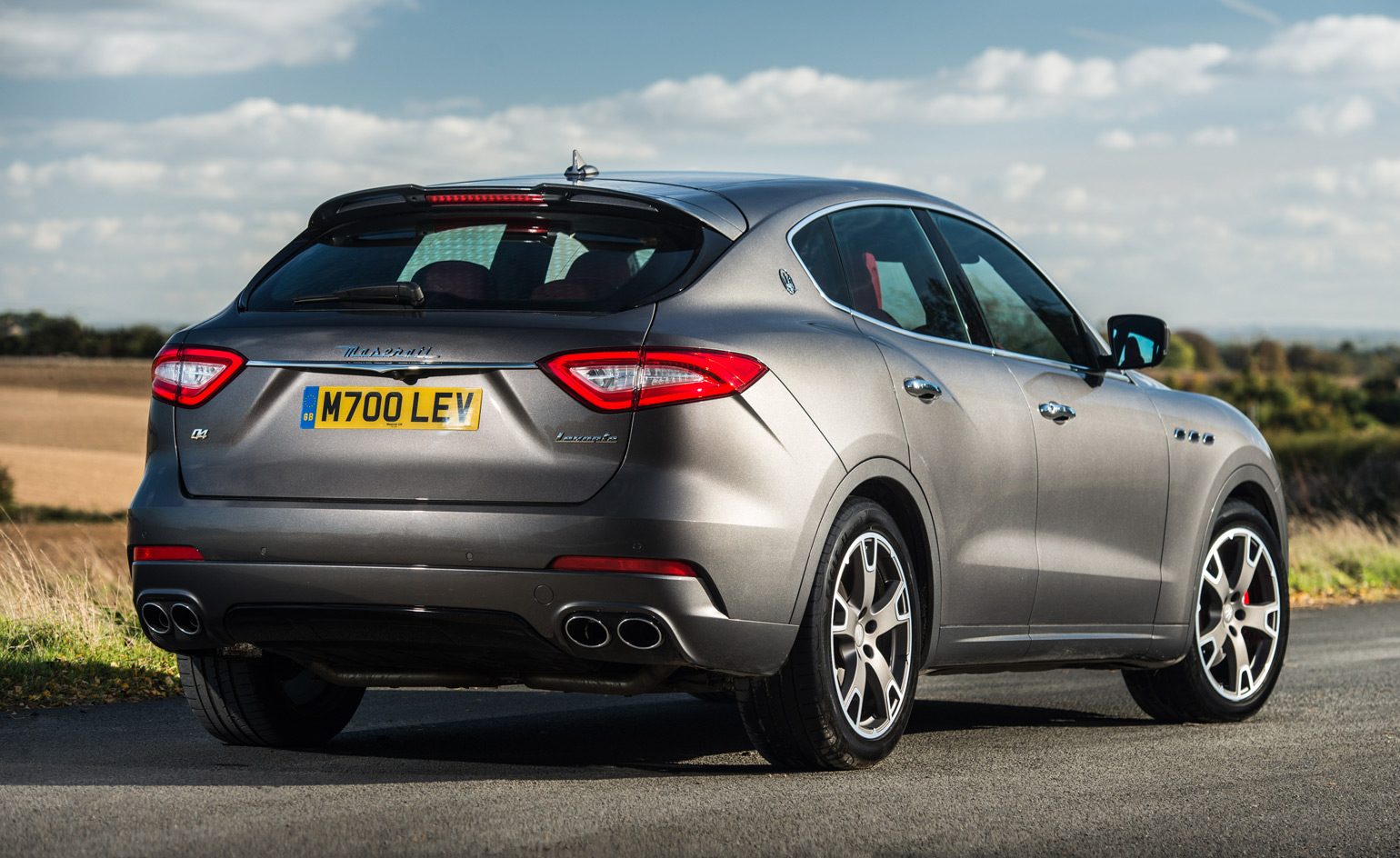
All versions of the Levante come with an eight-speed gearbox, Maserati’s sophisticated Q4 AWD and a torque vectoring system
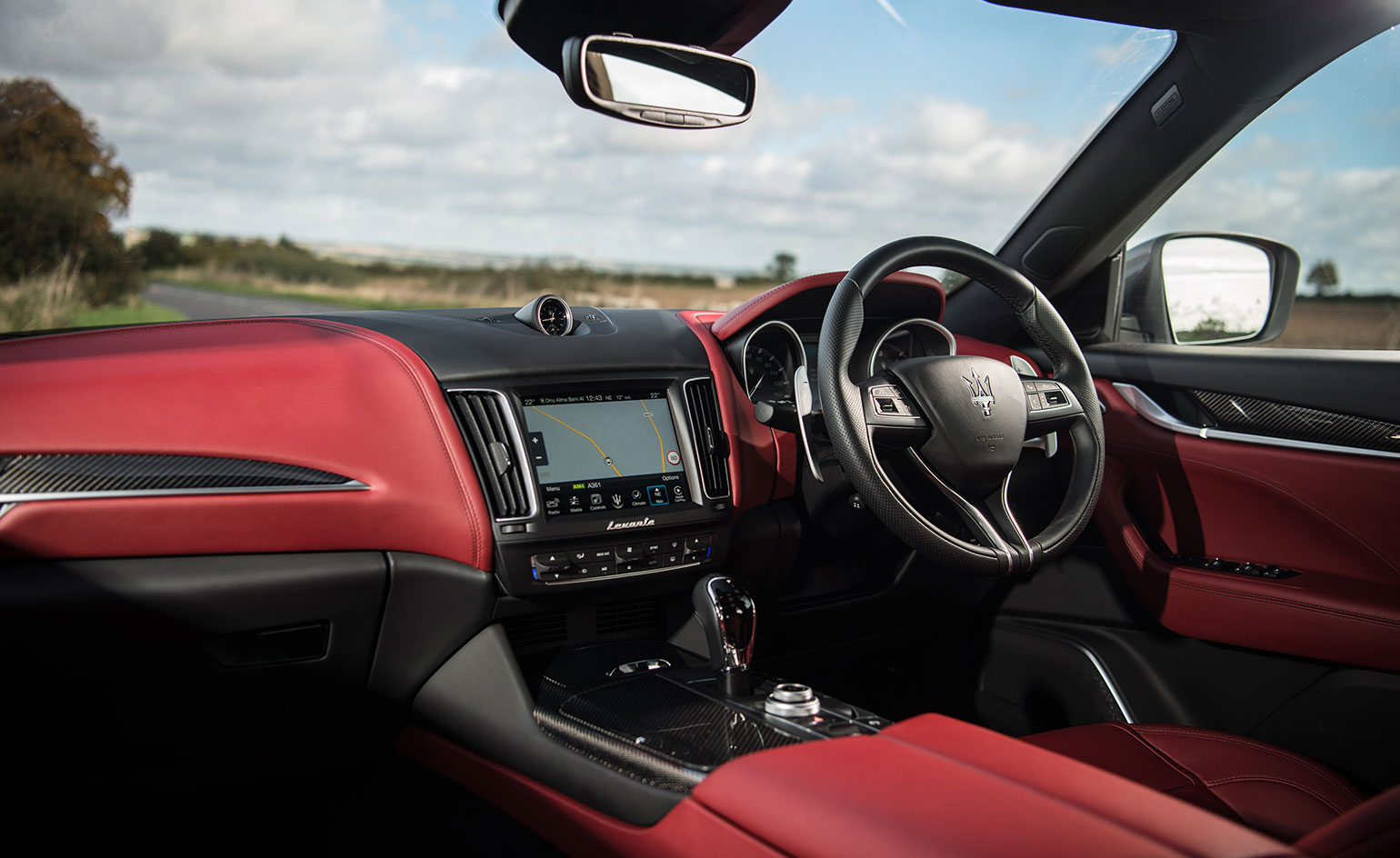
The spacious interior features impressively high-grade materials and stylish details
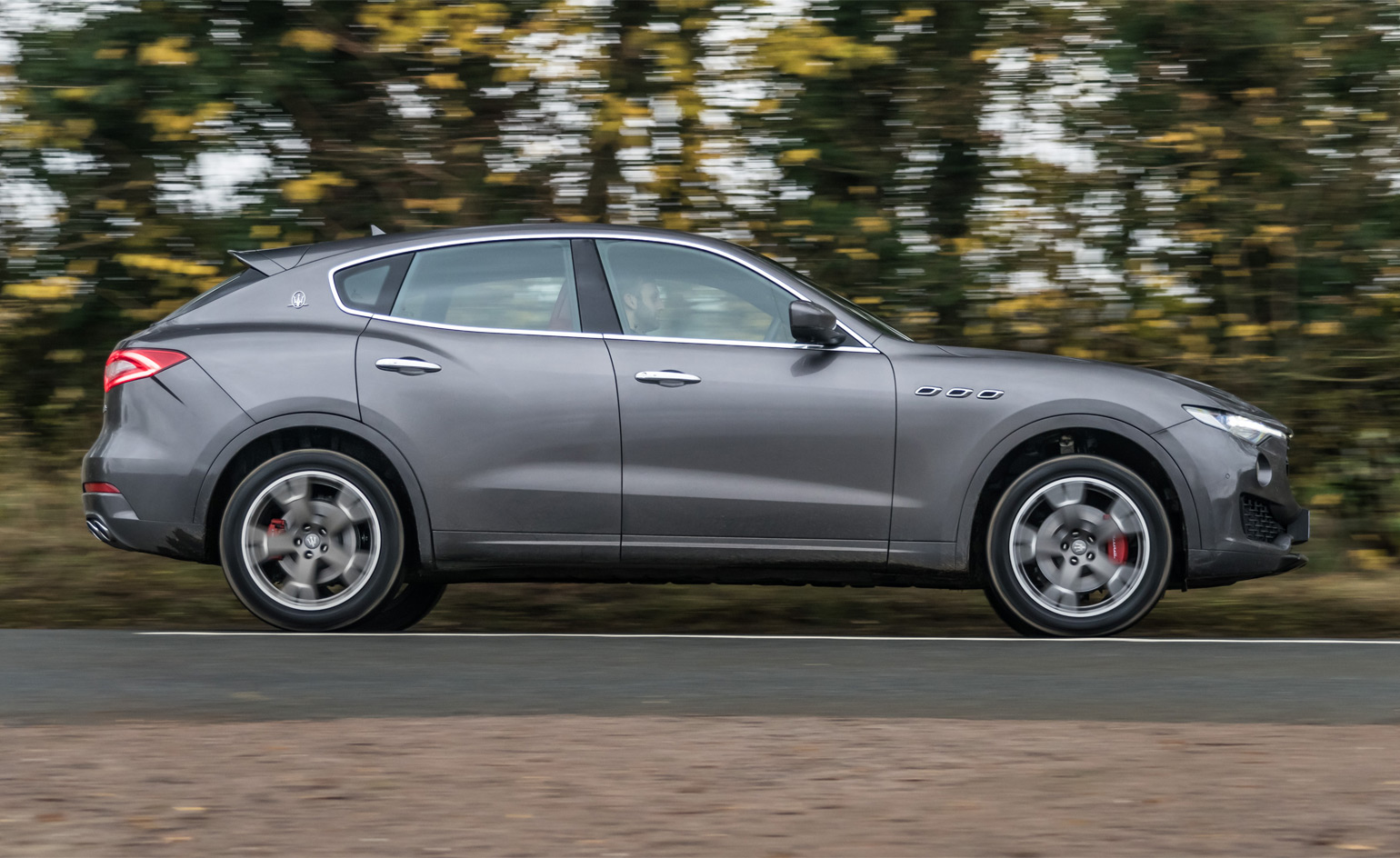
Like the Mediterranean wind it was named after, the Levante incorporates both a high performance SUV vehicle and Italian design touches
INFORMATION
Maserati Levante, from £53,780. For more information, visit the Maserati website
Wallpaper* Newsletter
Receive our daily digest of inspiration, escapism and design stories from around the world direct to your inbox.
Jonathan Bell has written for Wallpaper* magazine since 1999, covering everything from architecture and transport design to books, tech and graphic design. He is now the magazine’s Transport and Technology Editor. Jonathan has written and edited 15 books, including Concept Car Design, 21st Century House, and The New Modern House. He is also the host of Wallpaper’s first podcast.
-
 Australian bathhouse ‘About Time’ bridges softness and brutalism
Australian bathhouse ‘About Time’ bridges softness and brutalism‘About Time’, an Australian bathhouse designed by Goss Studio, balances brutalist architecture and the softness of natural patina in a Japanese-inspired wellness hub
By Ellie Stathaki
-
 Marylebone restaurant Nina turns up the volume on Italian dining
Marylebone restaurant Nina turns up the volume on Italian diningAt Nina, don’t expect a view of the Amalfi Coast. Do expect pasta, leopard print and industrial chic
By Sofia de la Cruz
-
 Tour the wonderful homes of ‘Casa Mexicana’, an ode to residential architecture in Mexico
Tour the wonderful homes of ‘Casa Mexicana’, an ode to residential architecture in Mexico‘Casa Mexicana’ is a new book celebrating the country’s residential architecture, highlighting its influence across the world
By Ellie Stathaki
-
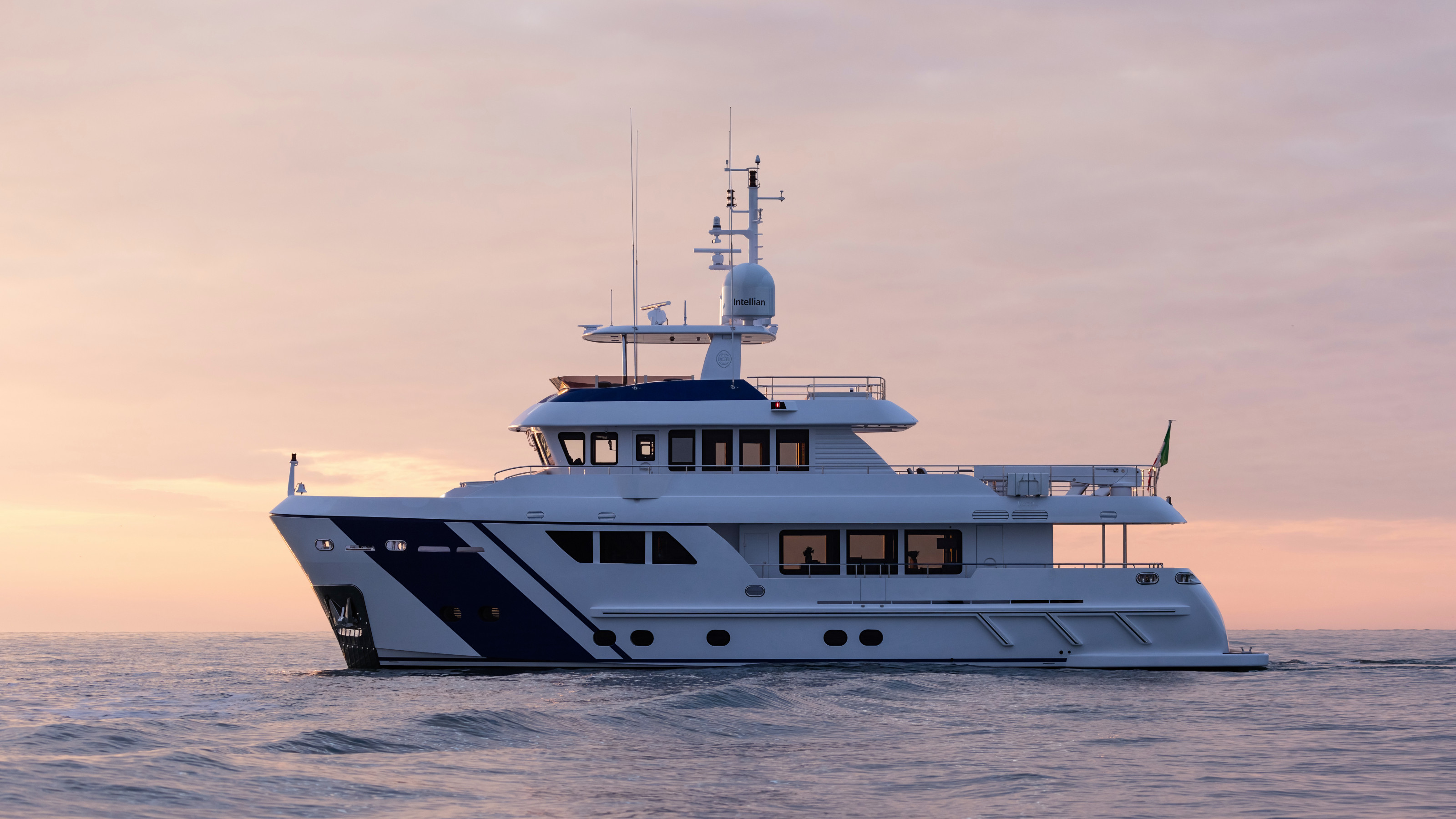 Cantiere delle Marche is an Italian shipyard with a speciality: the high-end explorer yacht
Cantiere delle Marche is an Italian shipyard with a speciality: the high-end explorer yachtWe talk to Vasco Buonpensiere, CEO of Cantiere Delle Marche, about the rise of ultra-self-sufficient, multi-purpose, long distance explorer yachts
By Josh Sims
-
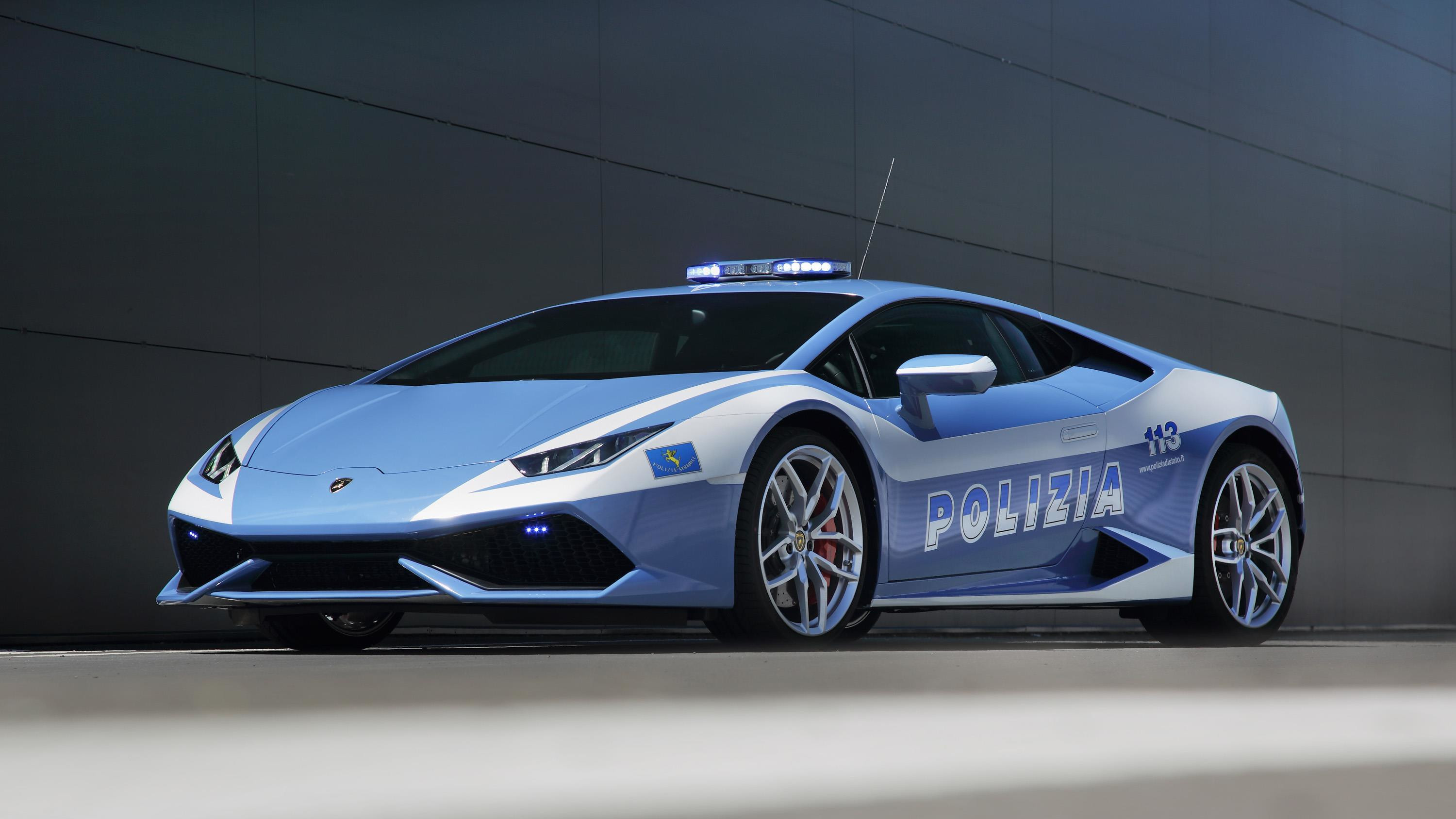 Lamborghini, fast friends with the Italian State Police for two decades
Lamborghini, fast friends with the Italian State Police for two decadesWhen the Italian police need to be somewhere fast, they turn to a long-running partnership with one of the country’s most famed sports car manufacturers, Lamborghini
By Shawn Adams
-
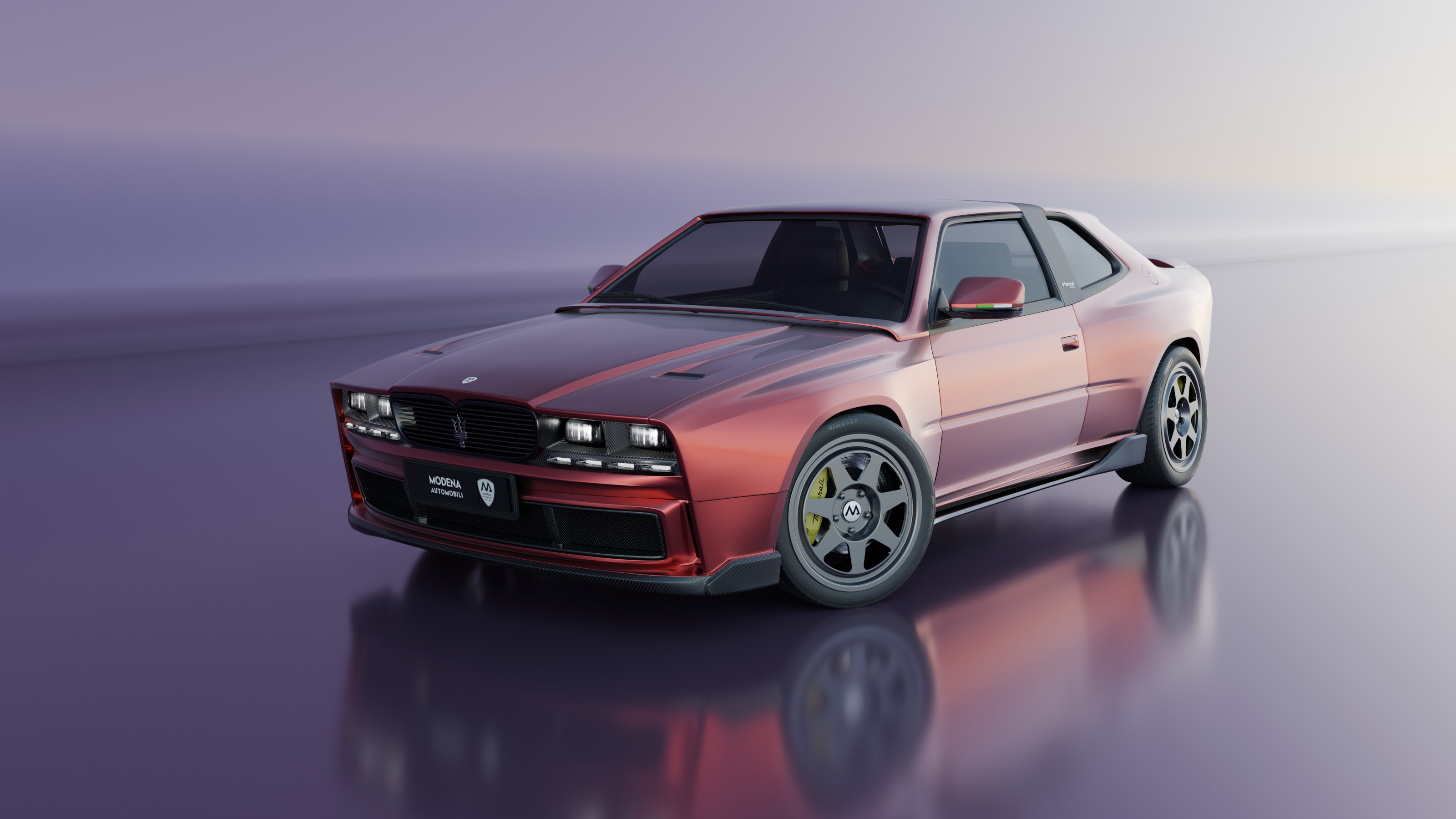 Modena Automobili transforms the 1990s-era Maserati Shamal into a cutting-edge restomod
Modena Automobili transforms the 1990s-era Maserati Shamal into a cutting-edge restomodThe MA-01 Maserati Biturbo Shamal gives Marcello Gandini’s iconic 1990s design a fresh lease of life, with uprated engineering, electronics and style
By Jonathan Bell
-
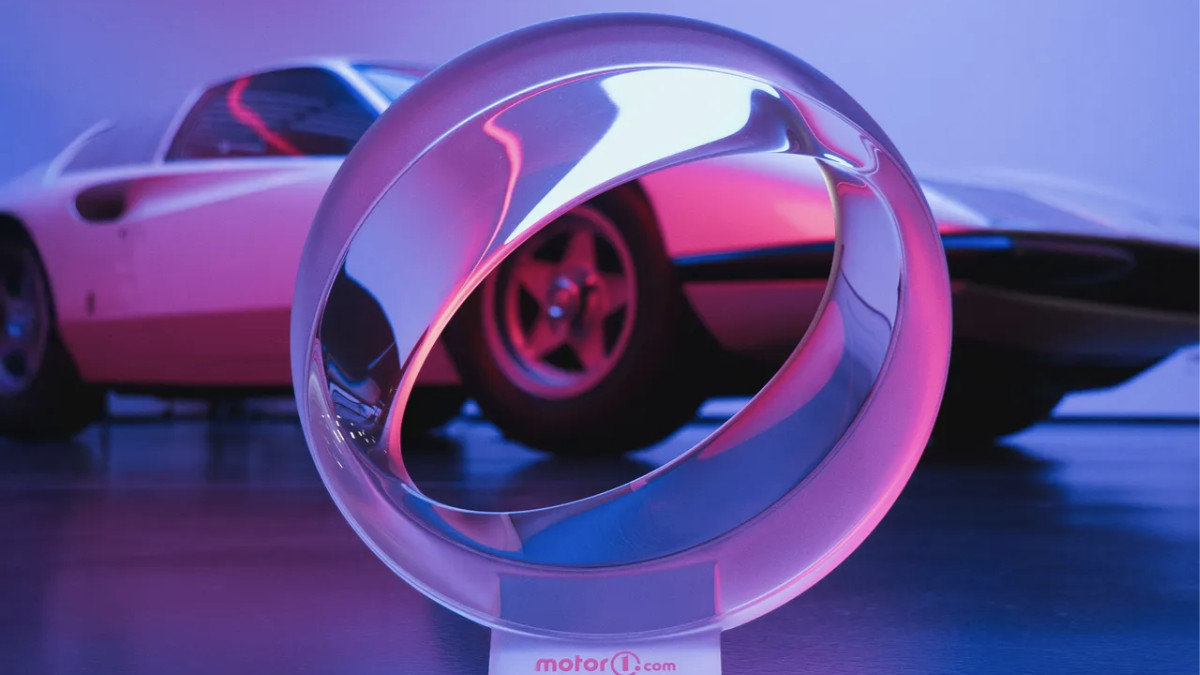 We are the world: Pininfarina’s ‘Orbis’ taps Papal support for an eco-friendly agenda
We are the world: Pininfarina’s ‘Orbis’ taps Papal support for an eco-friendly agendaThe Orbis is a ‘symbolic object’, a gift to Pope Francis from the Italian design agency at a time of political upheaval and social fracture around all aspects of sustainability
By Jonathan Bell
-
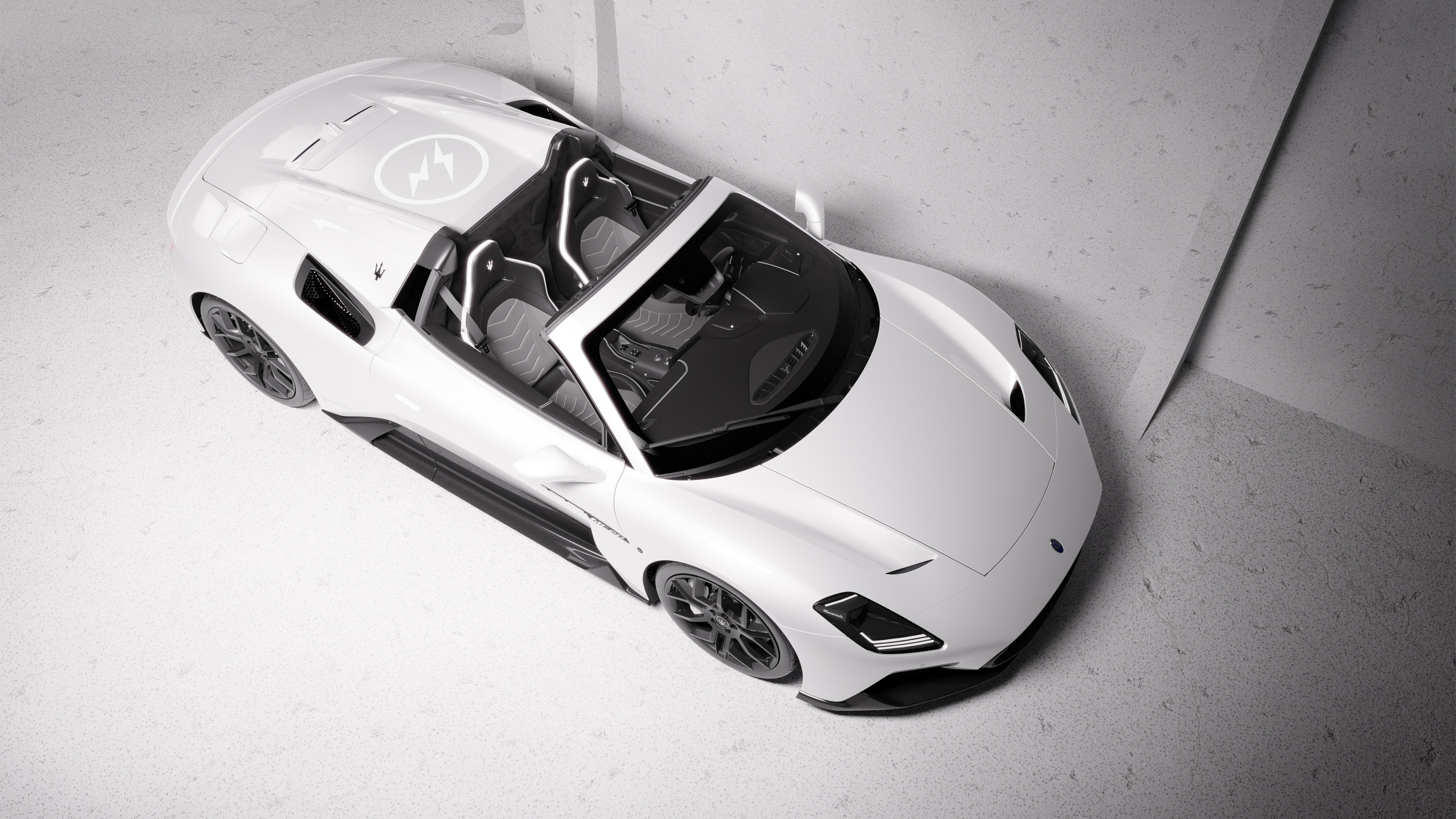 Maserati unveils the Fuoriserie By Hiroshi Fujiwara MC20 Cielo model
Maserati unveils the Fuoriserie By Hiroshi Fujiwara MC20 Cielo modelHiroshi Fujiwara, the so-called Godfather of Streetwear, lends his talents to Maserati’s in-house bespoke division, creating a stylish take on the company’s open-topped supercar
By Jonathan Bell
-
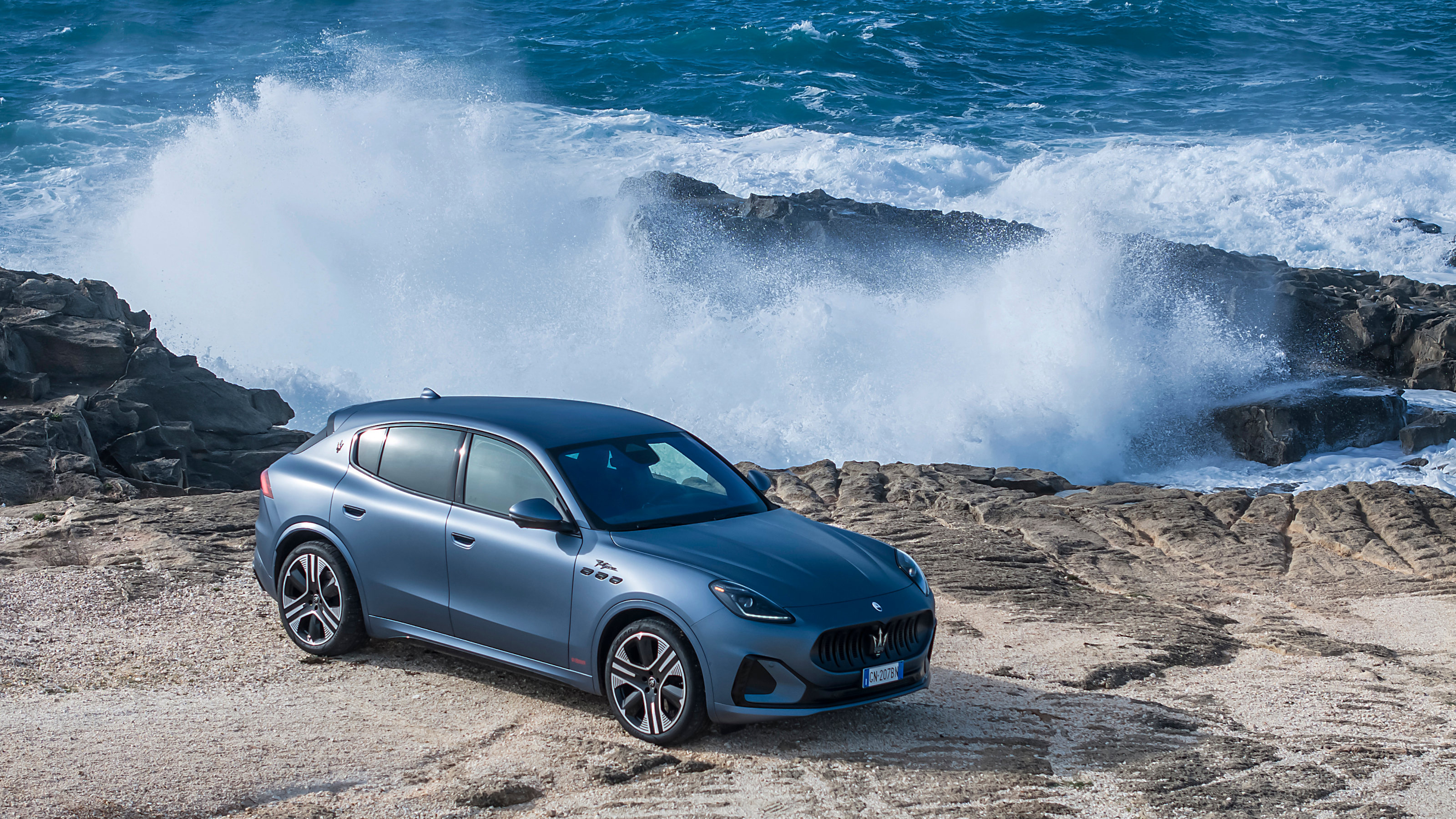 The new Maserati Grecale Folgore electrifies the model's exceptional qualities
The new Maserati Grecale Folgore electrifies the model's exceptional qualitiesPerformance, practicality and elegance come together in Maserati's first all-electric SUV, the new Grecale Folgore
By Jonathan Bell
-
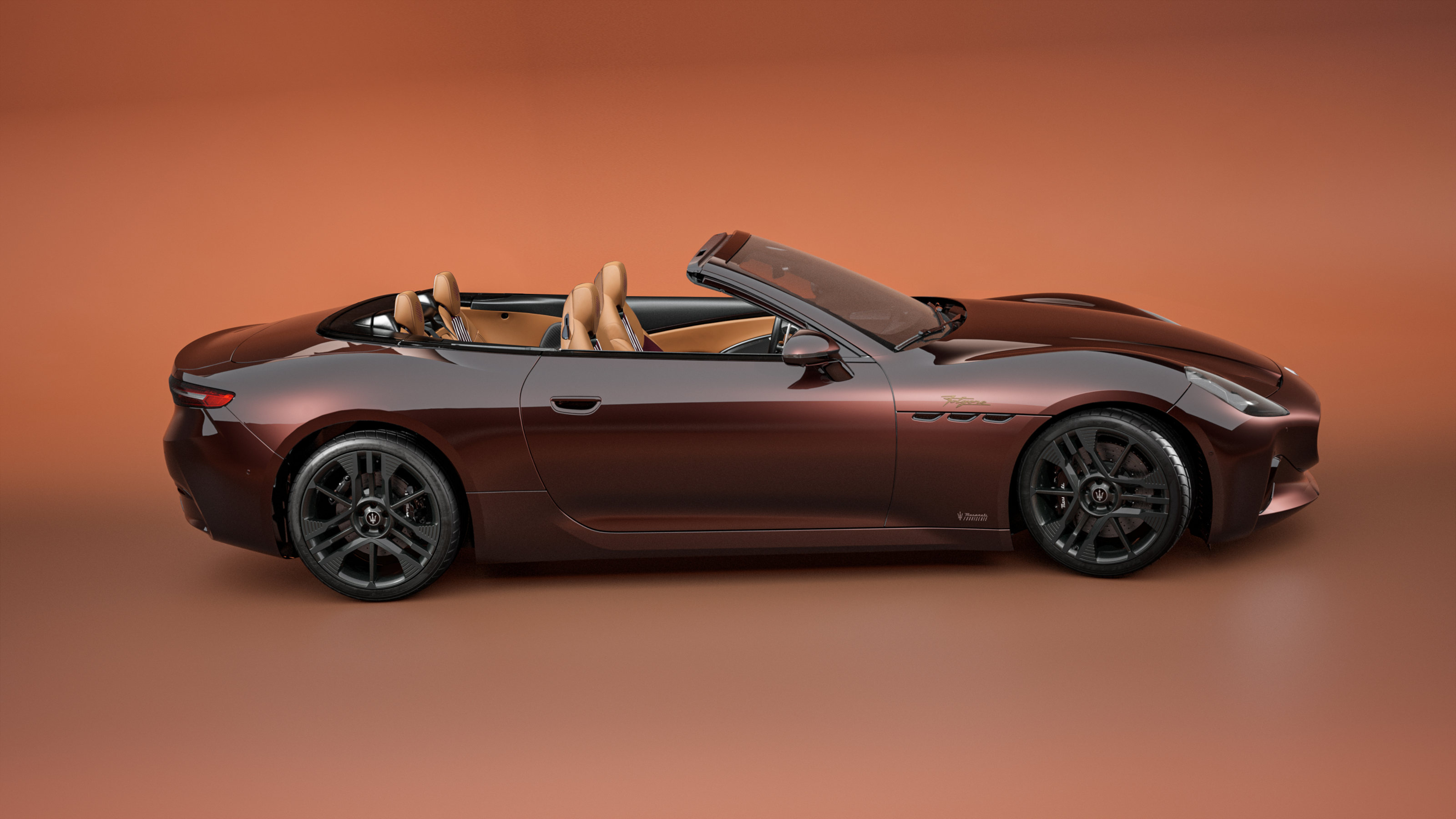 A unique electric Maserati marks a long-standing partnership with a legendary winery
A unique electric Maserati marks a long-standing partnership with a legendary wineryThe Maserati GranCabrio Folgore Tignanello Edition is a one-off celebration of Maserati’s bespoke division and the half century of Tignanello
By Jonathan Bell
-
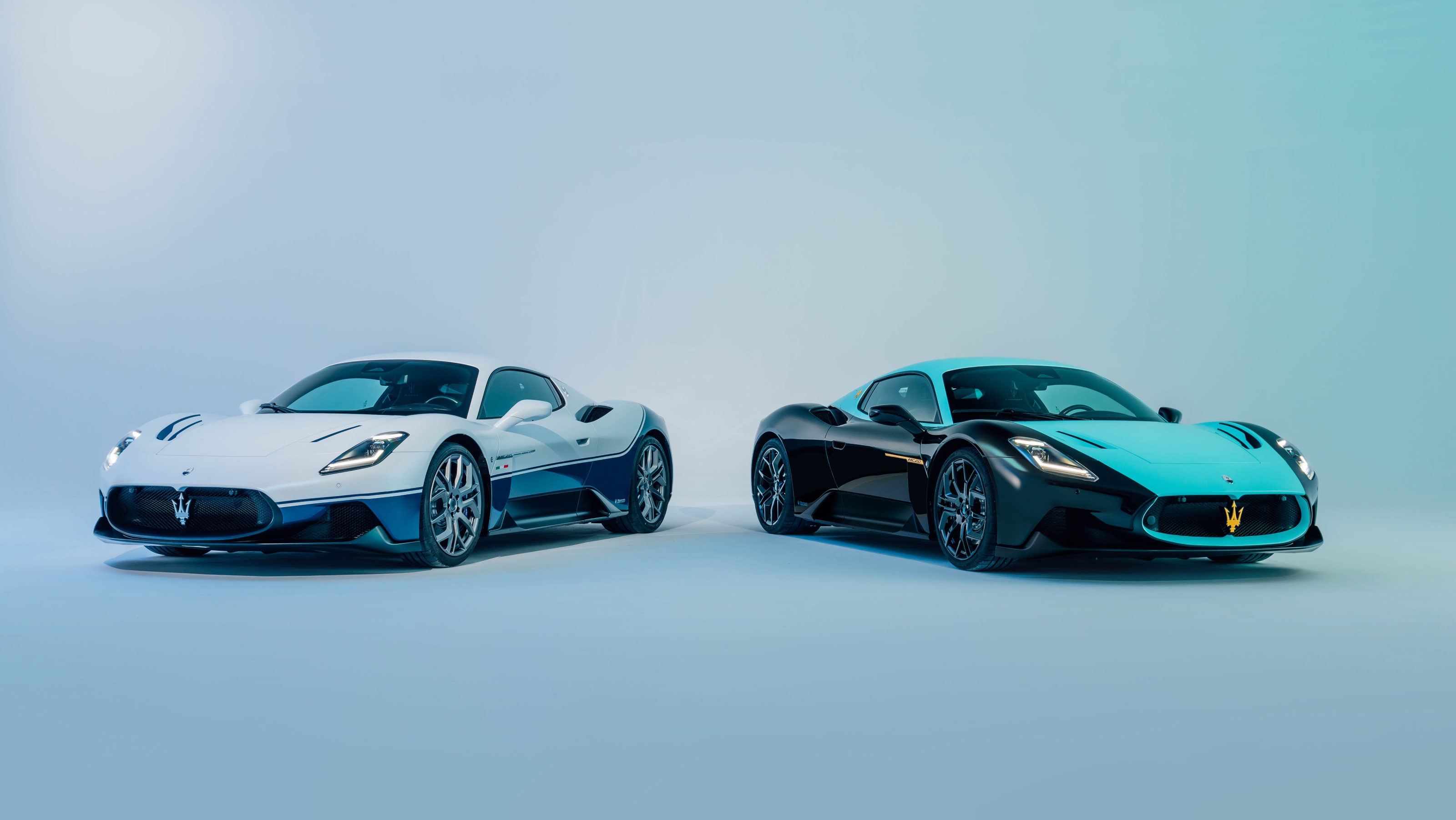 Meet two new Maserati MC20 supercars, the Leggenda and the Icona
Meet two new Maserati MC20 supercars, the Leggenda and the IconaThese Maserati MC20 special editions honour the company’s racing heritage and the 20th anniversary of the Maserati MC12 hypercar
By Jonathan Bell